Reportar esta entrada
Más sobre la misma comunidad-colección
Article about El Paso Pop Festival, 1969 part 2
A July 11, 1969 The Prospector clipping about the success of El ...
Rod Crosby and Dove playing at The Jet Club
Newspaper clipping advertising Rod Crosby and Dove playing at ...
Carousel Super Club Advertisement, 1957
A 1957 newspaper clipping advertising the Carousel Super Club in ...
Advertisement for Western Dance at Rough Riders Club House, 1954
A 1954 newspaper clipping advertising a Western Dance held at ...
Bobby Fuller Four Newspaper Clipping, 1966
A 1966 newspaper clipping spotlighting the Bobby Fuller Four.
Bobby Fuller's Teen Club Policed Article
A 1960s article about an alleged altercation at Bobby Fuller's ...
Little Richard to Speak in El Paso Article Clipping, 1962
A January 23, 1962 El Paso Herald Post clipping announcing that ...
The New Fawn Club Dance Article Clipping, 1952
A January 26, 1952 El Paso Times article clipping advertising a ...
Golden Key Teen Club Graduation Dance Newspaper Clipping, 1963
A May 23, 1963 El Paso Times clipping advertising a special ...
"I Love You Gorgo" Album Announcement, 1970
An April 19, 1970 El Paso Times article clipping announcing the ...
Article Announcing Album Release of The Embers Band, 1965
A May 8, 1965 El Paso Times article announcing the wide release ...
Out-O-School Rock 'N Roll Dance Announcement, 1960
A May 27, 1960 article announcing an Out-O-School Rock 'N Roll ...
4th of July Dance and Show Advertisement, 1959
A July 2, 1959 El Paso Times announcement for a 4th of July ...
"Largest Live Rock and Roll Show" Advertisement, 1960
An April 23, 1960 article advertising the "largest rock and roll ...
Local Band "The Henchmen" Article Clipping, 1966
A December 3, 1966 El Paso Times article detailing an interview ...
Newspaper Clipping Advertising a Dance, 1967
A July 22, 1967 El Paso Times advertisement for a dance held at ...
Tea Dance at the Music Inn Advertisement, 1956
A May 26, 1956 El Paso Times advertisement for a Tea Dance at ...
"The Biggest Show of Stars of '57" Coliseum Advertisement, 1957
A September 29, 1957 El Paso Times advertisement for "The ...
Chuck Berry Live at Latin Quarter, 1957
A June 21, 1957 El Paso Times advertisement for a dance at the ...
Ray Charles Live at the El Paso County Coliseum, 1960
A January 14, 1960 El Paso Times clipping advertising a Ray ...
Fats Domino Live at El Paso County Coliseum, 1956
A June 10, 1956 El Paso Times advertisement for a Fats Domino ...

















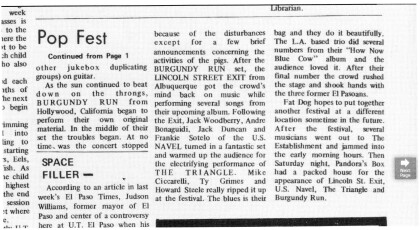
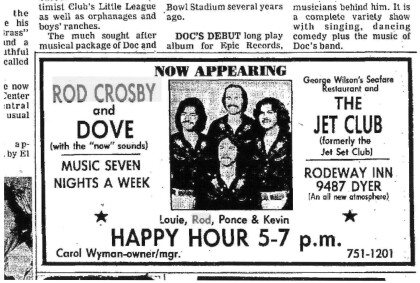
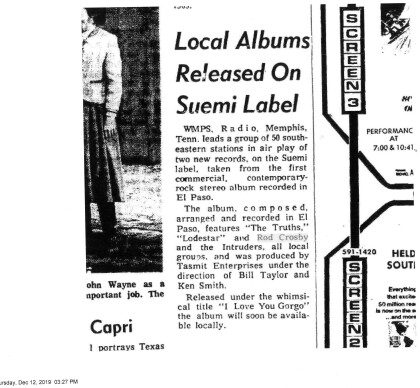
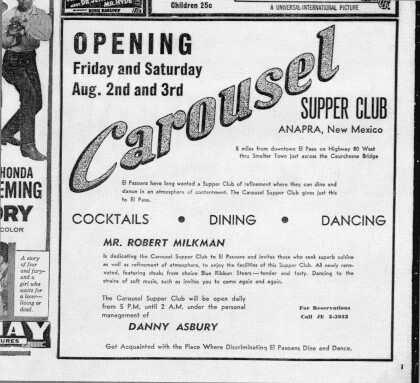
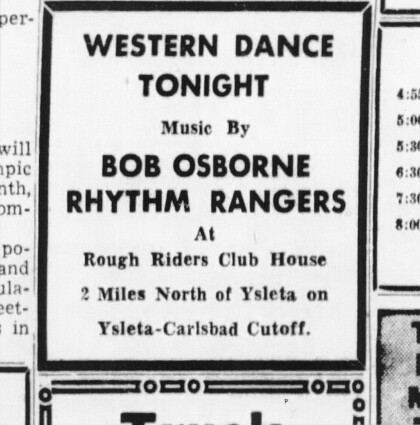
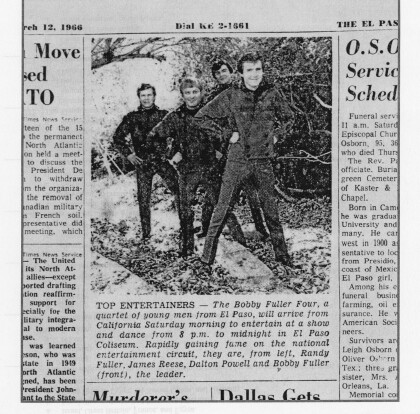
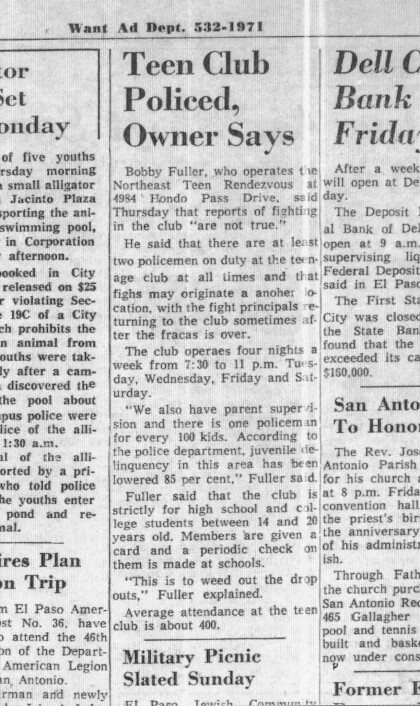
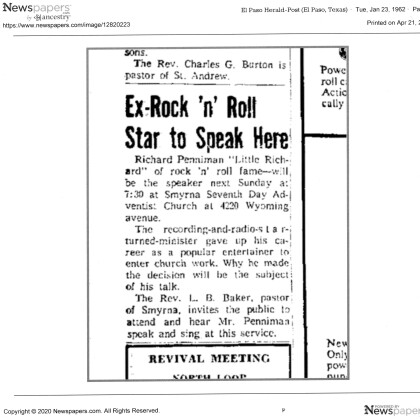
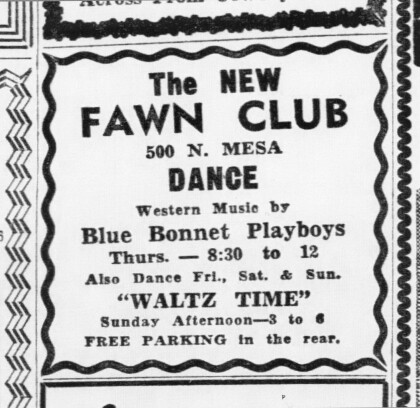
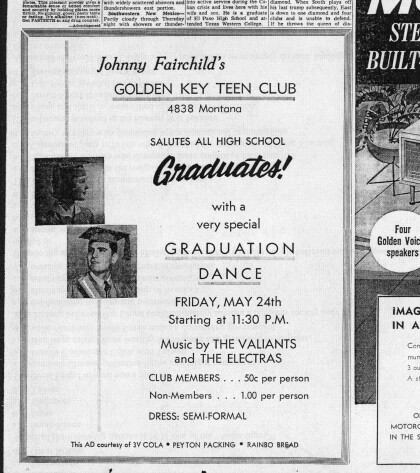

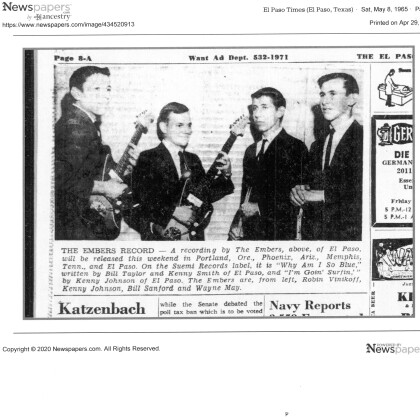

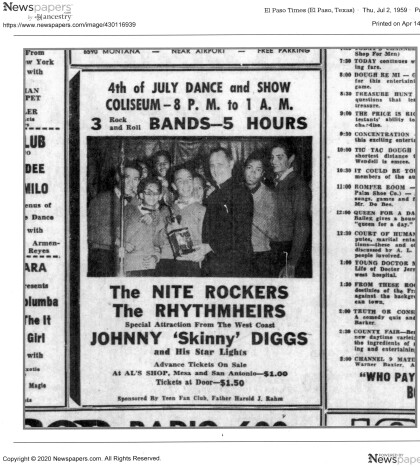
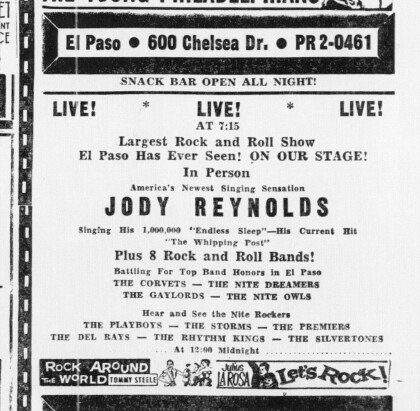
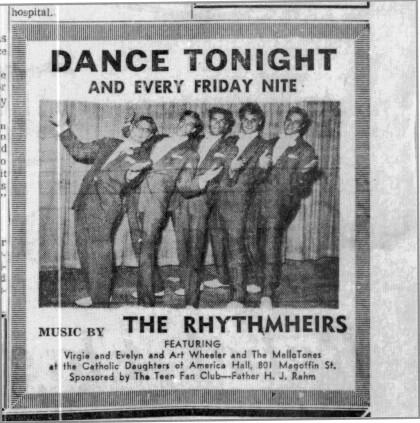
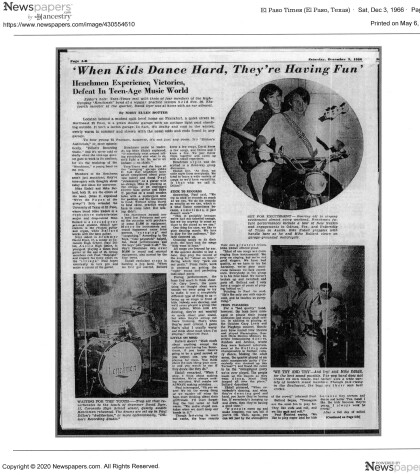
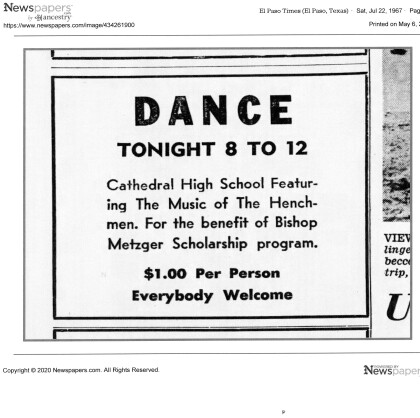

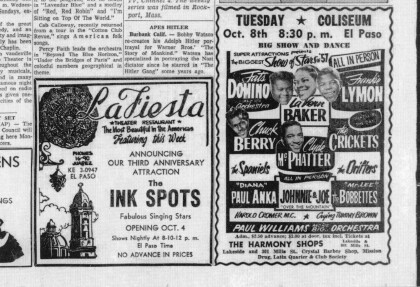

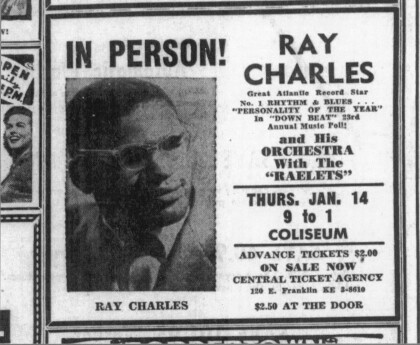
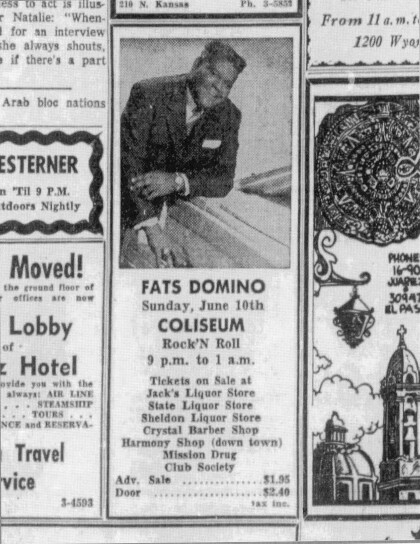
Comentarios
Hacer un comentario